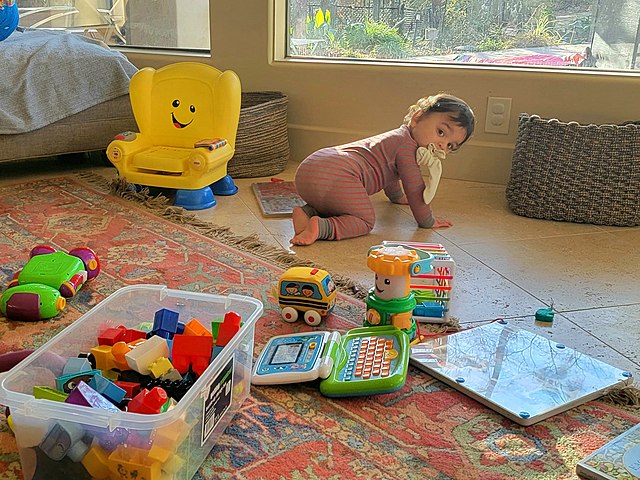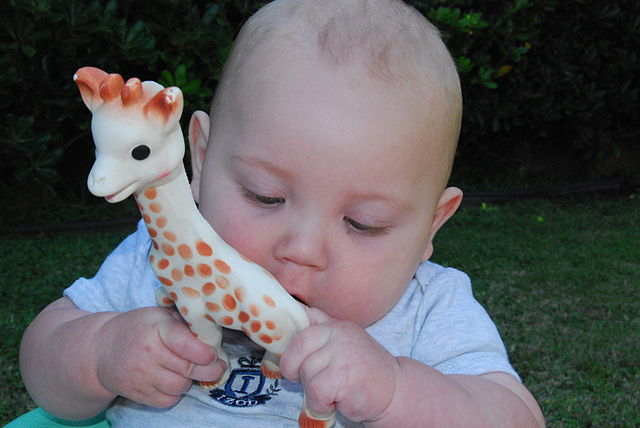Nasal aspirators for babies are heroes in the realm of baby care. In this extensive guide, we’re diving headfirst into the world of nasal aspirators. From understanding their types to mastering the art of safe and effective usage, we’ve got everything you need to bring comfort and relief to your little one.
Parenthood is a journey filled with immeasurable joy, heartwarming moments, and the occasional sleepless nights. Amidst the adorable giggles and tiny yawns, there’s one challenge that often catches new parents off guard – nasal congestion in babies. The snuffles, the sniffles, and the struggle to breathe can turn even the most confident parents into concerned caregivers.
Why Nasal Aspirators Matter
Seeing your precious bundle of joy struggle to breathe due to nasal congestion is truly heartrending. It affects their sleep, their feeding routine, and their overall well-being. This is where nasal aspirators for babies step in, offering more than just relief – it provides a way to restore your baby’s comfort and ensure their happiness.
Types of Nasal Aspirators
Nasal aspirators are available in various shapes and forms, each tailored to cater to specific needs. Understanding these options empowers you to make the best choice for your baby.
- Bulb Syringe: The classic bulb syringe is a staple in baby care. Its simple design and gentle suction make it suitable for newborns and infants, guaranteeing their comfort throughout the process.
- Manual Nasal Aspirator: If you prefer control over the suction, manual aspirators offer adjustable levels. Some models even come with removable filters, ensuring hygiene.
- Electric Nasal Aspirator: Modern technology brings us electric aspirators with adjustable suction settings. Some models are equipped with soothing features, like calming melodies, to keep your baby at ease.
How to Safely Use Nasal Aspirators for Babies
Ensuring comfort and safety while using nasal aspirators for babies is of utmost importance. By following these step-by-step guidelines, you can conduct the procedure confidently and effectively.
Prepare the Environment
Before you begin, select a quiet and well-lit area to conduct the nasal aspiration. Gather all the necessary supplies, including the nasal aspirator, tissues, and saline solution. Having everything within reach will help you maintain a calm and efficient process.
Use Saline Solution
Begin by using saline solution to moisten your baby’s nasal passages. The saline solution helps soften and loosen the mucus, making it easier to suction out. Lay your baby down on a comfortable surface, keeping their head slightly elevated.
Choose the Right Tip
Most nasal aspirators come with different tips or nozzles suitable for different ages. Select a tip that fits your baby’s nostrils comfortably. Insert the tip gently into the nostril, ensuring it forms a proper seal to maximize suction efficiency.
Start with Low Suction
If your nasal aspirator offers adjustable suction levels, begin with the lowest setting. This ensures a gentle suction that won’t cause discomfort to your baby’s delicate nasal passages. Slowly increase the suction level if necessary, but always prioritize your baby’s comfort.
Suction Gently
With the tip properly inserted and the suction level adjusted, start the suction process. Place the other end of the aspirator in your mouth and begin sucking gently. Many aspirators are equipped with filters to prevent the transfer of mucus, ensuring a hygienic process.

Alternate Nostrils
After suctioning one nostril, switch to the other and repeat the process. Avoid suctioning the same nostril too frequently to prevent irritation.
Monitor Baby’s Reaction
Pay close attention to your baby’s reaction during the process. If they become distressed or uncomfortable, take a break and comfort them before continuing.
Hygiene After Use
Once you’ve completed the nasal aspiration, carefully remove the tip and discard any used tissues. Clean the aspirator thoroughly according to the manufacturer’s instructions. Proper cleaning prevents the buildup of bacteria and maintains the aspirator’s effectiveness.
Maintain a Calm Atmosphere
Throughout the procedure, maintain a soothing and reassuring tone. Sing a gentle lullaby or engage in soft conversation to keep your baby relaxed.
Remember, the key to successful and safe nasal aspiration is patience and gentleness. Your baby’s comfort is paramount, so listen to their cues and adjust accordingly. If you’re unsure about any aspect of using a nasal aspirator, don’t hesitate to consult your pediatrician for guidance.
Tips for Easier Nasal Aspiration
Enhance your baby’s comfort during nasal aspiration with these practical tips.
- Routine Nasal Care: Incorporate regular nasal care into your baby’s routine, especially during colder seasons, to prevent severe congestion during illnesses.
- Choose the Right Aspirator: As your baby grows, their needs change. Opt for an aspirator suitable for their age and comfort level.
- Elevate During Sleep: Elevating your baby’s head slightly while sleeping can aid natural mucus drainage, providing relief from congestion.
Addressing Common Concerns
Addressing common concerns helps ensure you approach nasal aspiration with confidence.
- Gentle and Safe: Properly performed nasal suction is safe for your baby’s delicate nasal passages.
- Frequency of Use: The frequency of nasal aspirator usage depends on the severity of congestion. During colds, you might use it more often, but always exercise moderation.
- Safety First: When used correctly, nasal aspirators pose minimal risks. Follow the guidelines provided to ensure safety.
Home Remedies and Additional Strategies
While nasal aspirators are invaluable tools for relieving congestion in babies, there are additional home remedies and strategies that can provide extra relief and support your little one’s comfort.
Humidifiers for Optimal Air Moisture
Introducing a humidifier to your baby’s sleeping environment can work wonders. These devices release moisture into the air, preventing nasal passages from drying out. Moist air helps to soothe irritated nasal passages, making it easier for your baby to breathe. Ensure the humidifier is kept clean and filled with distilled water to maintain optimal air quality.
Saline Nasal Drops for Natural Relief
Saline nasal drops or sprays are a gentle and natural way to alleviate nasal congestion. These solutions contain salt and water, effectively breaking down mucus and facilitating its removal. Administer a few drops into each nostril before using the nasal aspirator to enhance its effectiveness. Always follow the instructions on the product label or consult your pediatrician before using saline drops.
Elevated Sleep Position
Elevating your baby’s head slightly during sleep can promote better drainage of mucus from the nasal passages. You can achieve this by placing a rolled-up towel or using a specially designed wedge under the crib mattress. Ensuring proper elevation can make a significant difference in your baby’s comfort and quality of sleep.
Steamy Bathroom: Natural Decongestant
Create a mini steam room by running a hot shower and letting the bathroom fill with steam. Holding your baby in your arms, spend a few minutes in this steamy environment. The warm, moist air helps loosen mucus and soothe nasal passages. Be cautious to keep your baby at a comfortable distance from the direct steam to prevent discomfort.
Hydration and Breastfeeding
Staying well-hydrated is essential for both you and your baby, especially during periods of congestion. If you’re breastfeeding, consider offering more frequent nursing sessions. Breast milk not only provides optimal nutrition but also contains antibodies that can help boost your baby’s immune system.
Consult Your Pediatrician
If your baby’s congestion persists or worsens, don’t hesitate to consult your pediatrician. They can provide guidance on suitable remedies and ensure there are no underlying issues contributing to the congestion.
Remember that every baby is unique, and what works for one may not work for another. It’s always a good idea to observe how your baby responds to different remedies and adjust accordingly. By incorporating these additional strategies alongside the use of a nasal aspirator, you’re creating a multi-faceted approach to providing comfort and relief to your baby during bouts of congestion.

Conclusion
Empowered by the knowledge gained from this comprehensive guide, you’re now equipped to navigate your baby’s nasal congestion by using nasal aspirators for babies. By understanding the various types of nasal aspirators, mastering safe usage techniques, and incorporating additional strategies, you can provide your baby with the comfort and relief they deserve.
Say goodbye to those restless nights and welcome back the delightful giggles and peaceful slumber of your precious bundle. After all, a content, healthy baby is a baby who breathes easily. Embrace the effectiveness of nasal aspirators and treasure every moment of your extraordinary parenting journey!








